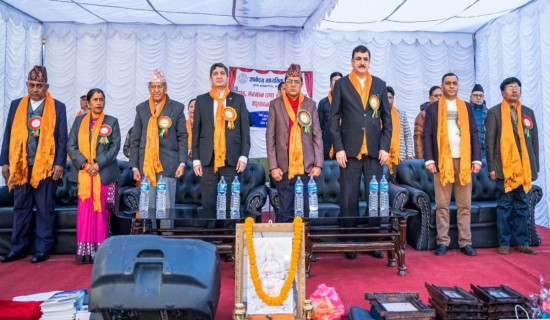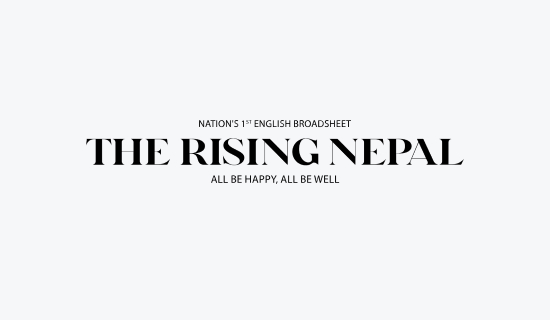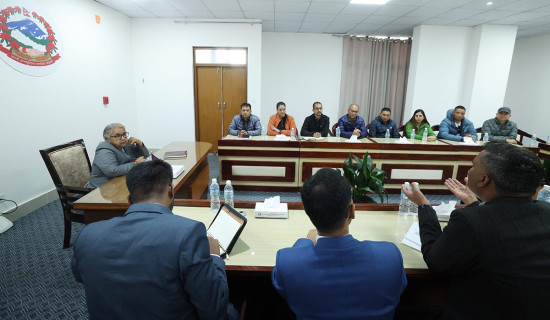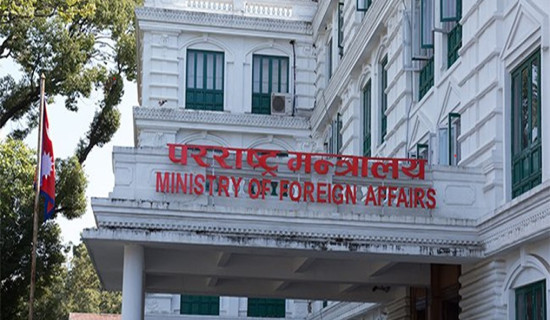- Monday, 1 December 2025
Boost Student Retention
Education is the fundamental right of citizens. The idea that all people should be educated stems from the fact that education enables citizens to live a life of their choice. It equips people with the necessary tools to cope with many challenges. An educated person has a greater chance of securing better livelihood prospects than those lacking it. Educated persons enjoy a sound social, emotional and financial life. This is a reason priority has been given to provide children with quality education from an early age. Governments across the world invest a sizable chunk of GDP in the education sector. The constitution and associated laws have been framed accordingly.
Nepal has also embraced the notion of free and compulsory education for its citizens in line with the national charter and the Compulsory and Free Education Act, 2075. School Education Sector Plan (SESP) 2022-2032 envisions a multipronged strategy to impart basic education to all children. As the school dropouts have become a vexing problem, the SESP has unveiled programmes targeting the health and nutrition of the school-going children hailing from low economic backgrounds. However, the government faces a challenge to ensure basic education for children aged 4-8 years. As many as 412,243 children in the age group have not been admitted to schools. This is 15 per cent of the total population of this group, which currently stands at 458,600.
Unless these children have access to a basic education, the slogan of free and compulsory education will be confined to mere rhetoric. Targeted interventions have been essential for their increased attendance in the classrooms. The initiatives, such as teacher management reforms, free textbook distribution, and mid-day meal programmes, are important but they need to be more effective. Inadequate allocation of the budget has been a bottleneck for realising these national education goals. They collect fees from students, albeit nominal, to develop basic facilities, recruit resource teachers and conduct the extracurricular activities. This is against the spirit of the constitutional provision - free education for all.
Several factors, including a lack of awareness, poverty, distance to school and household chores, have contributed to low attendance and high dropout rates. The three-tier government must work together to address these problems, ensuring that no child is deprived of basic education. Similarly, the schools should run online classes for those students with disabilities and those living in remote villages. It has become urgent to increase the children's enrollment, as those without basic education (completion of grade 8) will be disqualified from entering any kind of government services from 2028. According to a news report of this daily, the Compulsory and Free Education Act 2075 stipulates that those without basic education are not even allowed to get elected, appointed or nominated to any post in any institution established in the governmental, non-governmental or private sector.
The Nepal government has earmarked Rs. 211.17 billion – around 11 per cent of the total budget - for the education sector for the 2025-26 fiscal year. Of this, around Rs. 10.19 billion has been allocated for the school midday meal programme. Though the size of this allocation is not small, public schools are still struggling to manage basic utilities. While it is imperative to raise the budget for the education sector, it is also necessary to prudently mobilise the available resources to meet the targets.

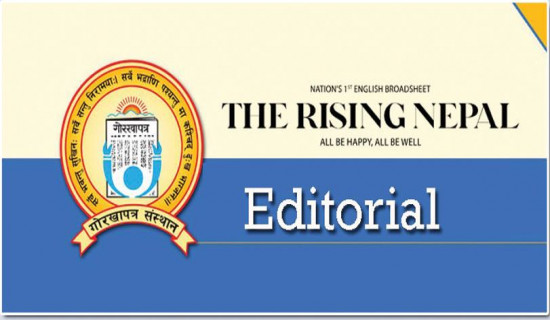
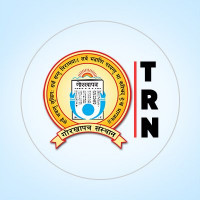
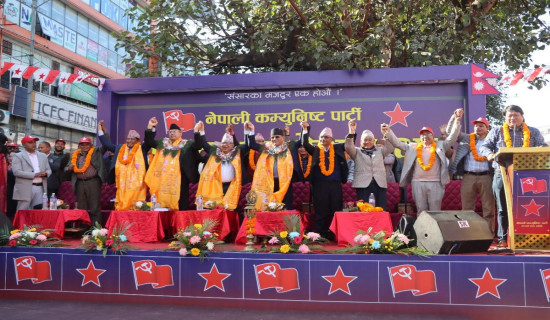

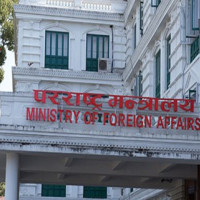
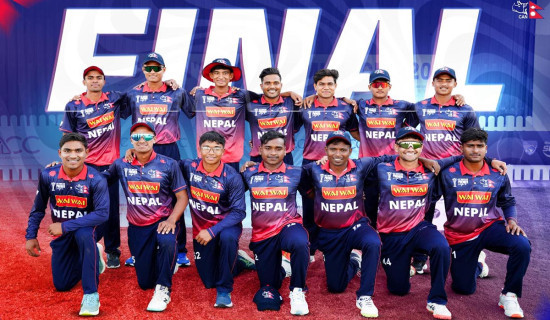

-square-thumb.jpg)


